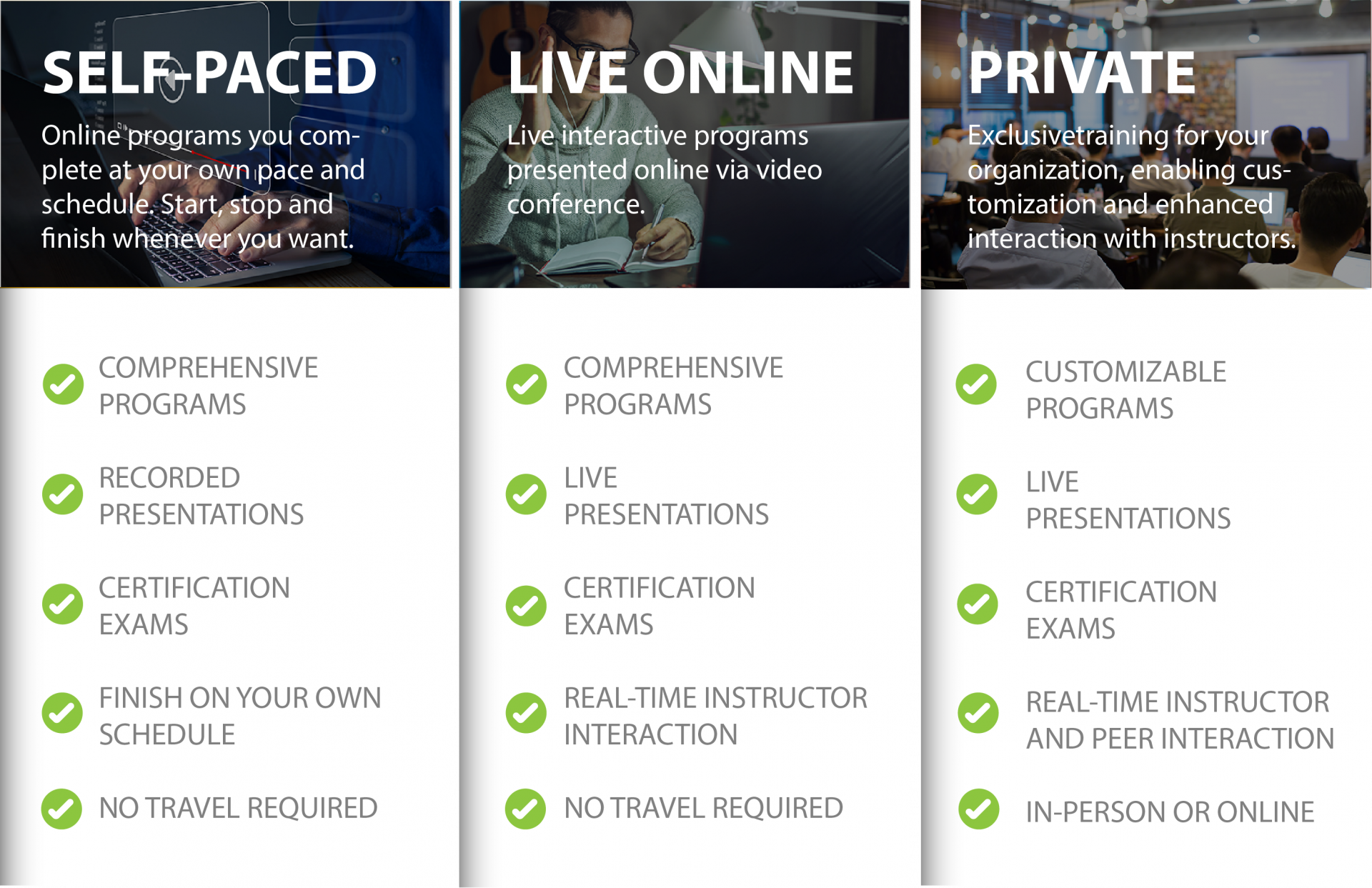The Crisis of Youth Sex Trafficking
Youth sex trafficking is a critical issue that exploits vulnerable young people, often targeting those experiencing poverty, abuse, or unstable living conditions. Victims may be coerced or manipulated through psychological tactics, making it difficult for them to seek help or escape. The trauma caused by sex trafficking has long-term impacts on victims’ physical, emotional, and mental well-being, highlighting the urgent need for prevention and support initiatives.
Youth sex trafficking is a serious crime where individuals under the age of 18 are recruited, harbored, transported, or obtained for the purpose of engaging them in commercial sexual exploitation.
Victims of youth sex trafficking are often vulnerable youth who may come from difficult backgrounds such as poverty, homelessness, or abusive situations.
Youth sex traffickers use manipulation, coercion, threats, and often physical violence to control their victims and force them into prostitution, pornography, or other forms of sexual exploitation.
Sex trafficking of youth can occur in various settings, such as:
• Street Prostitution: Victims are coerced or forced to selling se on the streets or areas known for prostitution.
• Brothels or Massage Parlors: Traffickers may operate brothels or massage parlors where youth are exploited for commercial sex.
• Online: Traffickers may use the internet to recruit and exploit youth through social media, dating apps, and other online platforms.
• Hotels and Motels: Youth sex trafficking victims may be forced to work out of hotels or motels where they are closely monitored and controlled.
• Bars and Clubs: Traffickers may exploit youth in establishments here commercial sex is facilitated.
• Private Residences: In some cases, victims are trafficked into private homes where they are exploited.
• Trucking and Rest Stops: Traffickers may transport victims along highways and use rest stops or trucking stations for exploitation.
Trafficker Grooming Tactics
Grooming refers to actions deliberately undertaken by an adult to form an emotional bond with a child or youth with the intent of preparing the child or youth for sexual abuse or exploitation. Grooming tactics used by youth sex traffickers are manipulative strategies designed to establish trust, exploit vulnerabilities, and coerce victims into compliance.
Common grooming tactics include:
• Building Trust: Sex traffickers often start by befriending potential victims, offering attention, affection, or promises of a better life. They may exploit loneliness or low self-esteem to create emotional dependence.
• Isolation: Sex traffickers may isolate victims from family, friends, or supportive environments, making them easier to control. This isolation can be gradual, with the trafficker undermining existing relationships or creating distance from support networks.
• Exploiting Needs: Sex traffickers may exploit a victim’s needs, such as financial instability, lack of housing, or desire for love and acceptance. Traffickers may offer solutions to these needs, gradually escalating control over the victim’s life.
• Manipulation and Emotional Abuse: Tactics can include gaslighting (making the victim doubt their own perceptions), emotional manipulation (using guilt or fear), and creating a sense of indebtedness to the trafficker.
• Desensitization: Sex traffickers may desensitize victims to sexual activities or criminal behaviors, gradually escalating from seemingly innocent requests to more exploitative demands.
• Control and Threats: Youth sex traffickers may use threats, intimidation, or physical violence to maintain control and prevent victims from seeking help or escaping.
• Substance Abuse: Sex traffickers may use drugs or alcohol to impair judgement and increase vulnerability, making victims easier to manipulate and control.
Recognizing the tactics sex traffickers use to groom potential victims is crucial for prevention and early intervention. Educating youth about healthy relationships, building resilience against manipulation and promoting awareness of sex trafficking signs can help protect potential victims.
Criminal Penalties for Youth Sex Trafficking
• U.S. Federal Penalties: The Trafficking Victims Protection Act (TVPA) outlines significant penalties for those convicted of trafficking youth for commercial sex acts. These penalties can include substantial fine and lengthy prison sentences, up to life imprisonment.
• State Penalties: All 50 states in the U.S. have laws specifically addressing youth sex trafficking. These state laws vary in their scope and specifics. Penalties can include significant prison sentences, fines, and mandatory registration as a sex offender.
• Other Consequences: In addition to criminal penalties, persons convicted of youth sex trafficking may face civil penalties, asset forfeiture, and mandatory restitution to victims.
Prevention Strategies
Preventing youth sex trafficking is a complex challenge that requires a multi-faceted approach involving law enforcement, community engagement, education and social services. Strategies to prevent youth sex trafficking include:
• Education and Awareness: Raise awareness among young people, parents and communities about the signs of sex trafficking, grooming tactics used by traffickers, and how to stay safe both online and offline.
• Support Services: Provide comprehensive support services for survivors, including shelter, medical care, counseling, legal aid and reintegration programs to help them rebuild their lives.
• Legislation and Law Enforcement: Enforce strict law against sex trafficking and child exploitation. Ensure that law enforcement personnel are trained to recognize and respond effectively to incidents of sex trafficking.
• Collaboration and Partnerships: Foster collaboration among government agencies, law enforcement, non-government agencies, healthcare providers, educators and community organizations to share information and resources.
• Targeted Interventions: Implement targeted interventions to reach vulnerable populations, such as runaways, homeless youth, LGBTQ+ youth, and those in foster care, who may be at higher risk of sex trafficking.
• Safe Spaces and Support Networks: Create safe spaces and support networks where youth can seek help and guidance without fear of judgement or reprisal.
• Awareness Campaigns: Develop public awareness campaigns to educate the general public about the realities of youth sex trafficking and encourage reporting of suspicious activities.
ACPI is the worldwide leader in enabling law enforcement
agencies, businesses, institutions, and security professionals to reduce
criminal activity and risk and enhance quality of life through the delivery of
practical, unbiased training and certification programs. Visit our website at acpionline.com to learn about our
comprehensive list of both live virtual and self-paced training courses.

Join our newsletter!
Which format is right for you?

